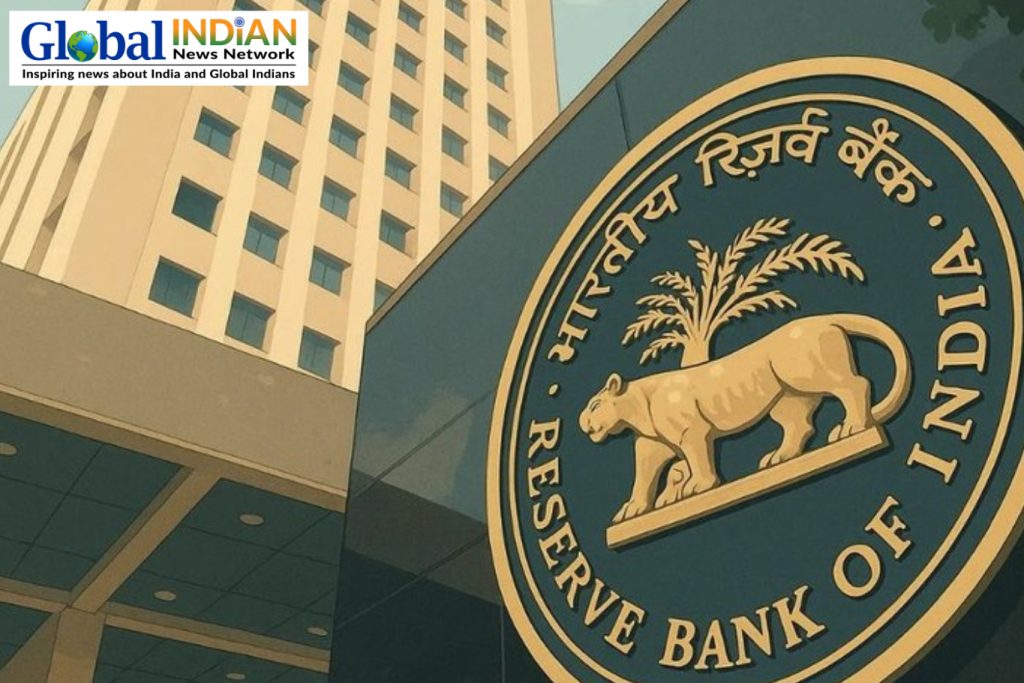 The introduction of hydrogen-fueled buses on Ladakh’s public roads has commenced with NTPC, a government-owned power company, initiating intracity trials in Leh. The endeavor aligns with NTPC’s aim to create a carbon-neutral Ladakh, involving a hydrogen fueling station, a solar plant, and five fuel cell-powered buses for intracity routes in Leh. The first hydrogen bus, part of a 3-month field-trial and testing phase, arrived on August 17.
The introduction of hydrogen-fueled buses on Ladakh’s public roads has commenced with NTPC, a government-owned power company, initiating intracity trials in Leh. The endeavor aligns with NTPC’s aim to create a carbon-neutral Ladakh, involving a hydrogen fueling station, a solar plant, and five fuel cell-powered buses for intracity routes in Leh. The first hydrogen bus, part of a 3-month field-trial and testing phase, arrived on August 17.
Positioned at an elevation of 11,562 ft, the pioneering Green Hydrogen Mobility Project is co-located with a 1.7 MW dedicated solar plant, generating renewable energy. The fuel cell buses are specially crafted for functioning in the extreme cold and thin air conditions commonly found at high-altitude sites.
NTPC is dedicated to achieving 60 GW of renewable energy capacity by 2032 and becoming a key player in the Green Hydrogen Technology and Energy Storage domain. Initiatives towards decarbonization, including hydrogen blending, carbon capture, EV buses, and smart NTPC townships, are underway.
This project is a component of the National Hydrogen Mission, launched by Prime Minister Narendra Modi on India’s 75th Independence Day in 2021 to combat climate change. The Union Cabinet has sanctioned Rs 19,744 crore for the National Green Hydrogen Mission, spanning from FY 2023-24 to 2029-30. The overarching goal is to establish India as a global hub for green hydrogen production, usage, and exports.
The mission aims to drive demand through domestic and export utilization, along with the development of Green Hydrogen Hubs. The plan includes the SIGHT (Various Interventions for Green Hydrogen Transition) program, encompassing incentives for electrolyzer manufacturing and green hydrogen production. Pilot projects in sectors like steel, mobility, and shipping are also part of the program.
India’s green hydrogen production capacity is projected to reach 5 MMT per annum, reducing dependence on fossil fuel imports. By achieving mission targets, a cumulative reduction of Rs 1 lakh crore worth of fossil fuel imports by 2030 is anticipated. Furthermore, production and utilization of the targeted quantum of green hydrogen are expected to avert nearly 50 MMT per annum of CO2 emissions.










